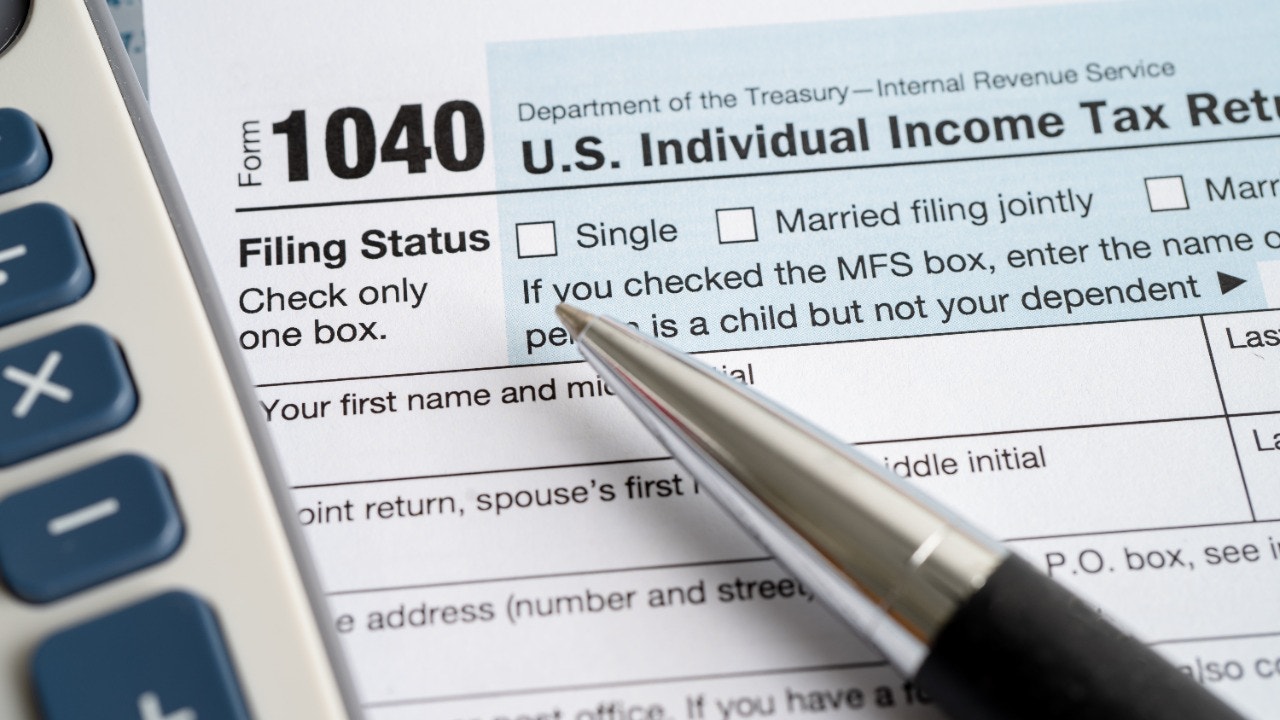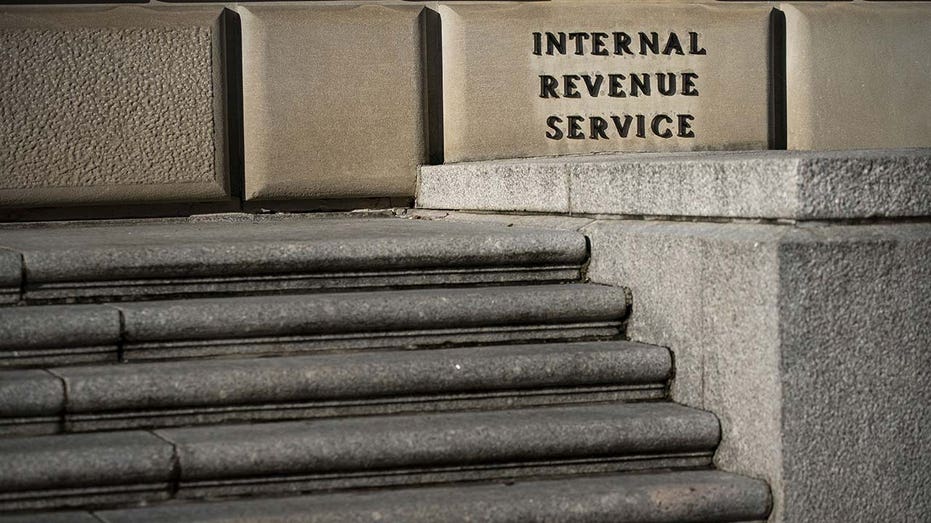Finance
Tax season has officially started: Here’s everything you need to know before filing

Tax season officially kicks off on Monday, when the IRS will start officially accepting and processing 2023 tax returns.
Don’t fret: Here is everything that taxpayers need to know about this year’s filing season.
When is the deadline to file taxes?
Most taxpayers will have until Monday, April 15 to submit their returns or request an extension.
There are some exceptions.
Taxpayers living in Maine or Massachusetts have until April 17 to file their taxes due to state holidays. Individuals who live in a federally declared disaster area may also have additional time to file.
How do I apply for an individual tax extension?
An individual can request an extension online by filling out Form 4868 using the IRS’ “Free File” tool. You need to submit the form by the tax-filing deadline or print the form and mail it to the IRS address for your state, making sure it’s postmarked by April 15.
Once you file the extension, you have until Oct. 15, 2024, to file your taxes.
NEW IRS TAX BRACKETS TAKE EFFECT IN 2024, MEANING YOUR PAYCHECK COULD BE BIGGER NEXT YEAR
However, there are pros and cons to requesting an extension.
It can give filers more time to thoroughly review their return and take advantage of all the tax benefits, like various deductions and credits, that are available to them to help them reduce liability.
By pushing back the filing date, you can also avoid a failure-to-file penalty – an extra 5% per month on the unpaid amount, which can add up to 25% of the tax due. If you file for an extension, you have until Oct. 15 before the penalty starts accruing.
Experts caution that filing for an extension does not mean you can delay paying the government the taxes that are owed.
“Extensions are a good tool to give you an extra six months,” Eric Bronnenkant, head of tax at online financial adviser Betterment, told FOX Business. “However, know they are not a free lunch to defer payments.”
SOCIAL SECURITY RECIPIENTS COULD BE HIT WITH A SURPRISE TAX BILL THIS YEAR
How can I get my tax refund ASAP?
The majority of taxpayers can typically expect to receive a refund from Uncle Sam.
For many families, the money can be substantial. Nearly three-quarters of filers received a tax refund in 2023, with an average payment worth about $3,176.
In order to receive your refund within 21 days of filing, the IRS has cautioned that you must file your return electronically, ensure that it is accurate and complete and request to receive the refund via direct deposit.
The IRS expects to receive more than 128.7 million individual tax returns by this year’s deadline.

However, the tax-collecting agency warned that some returns may require “additional review” and take longer to process if their systems identify any errors, if there are mistakes on the return or if it suspects theft or fraud.
“Once you’re relatively certain that you have all of your tax documents, file as soon as you can so that you can start investing your money,” Bronnenkant said. “Because, in general, the IRS doesn’t pay you interest on your refunds. So getting that money in your hands sooner is better for sure.”
REMOTE WORKERS FACE A DOUBLE TAXATION THREAT
Can I track my refund status?
Taxpayers can track their refund using the IRS’ “Check My Refund Status” tool.
When you submit your information, you can see when the IRS received your return, when your refund has been approved and when your refund has been delivered.
The information is all available 24 hours after you’ve filed your taxes electronically, or four weeks after submitting a paper return. To use the tool, you need to provide your Social Security number, filing status and exact refund amount.
What if I am expecting to receive the child tax credit or earned income tax credit?
The IRS is warning of a pain point for early taxpayers hoping to collect the earned income tax credit, a tax break for low- to moderate-income workers, or the child tax credit.
If you claim either tax credit, the IRS cannot issue your refund before mid-February.

What do PayPal, Venmo and Cash App users need to know this year?
The IRS announced in November that it delayed a controversial tax reporting requirement targeting Americans who made more than $600 online through third-party payment apps like Venmo or PayPal.
The rule change – approved by Democrats in March 2021 with the passage of the American Rescue Plan – would have required payment platforms, including Venmo, PayPal, Etsy and Airbnb, to send Form 1099-K to the IRS and users if their transactions totaled more than $600 over the course of the year.
Instead, the IRS will treat 2023 as “an additional transition year,” meaning that payment apps will not be required to send users Form 1099-K unless their gross income exceeded $20,000 or they had 200 separate transactions within a calendar year. Beginning in 2024, that basic reporting threshold will be increased to $5,000.
Business owners are already required to report that income to the IRS. The new rule simply means the IRS will figure out what business owners earned on the cash apps, regardless of what that individual actually reports on their 1099-K, because it broadens the scope of the threshold.
Read the full article here


















